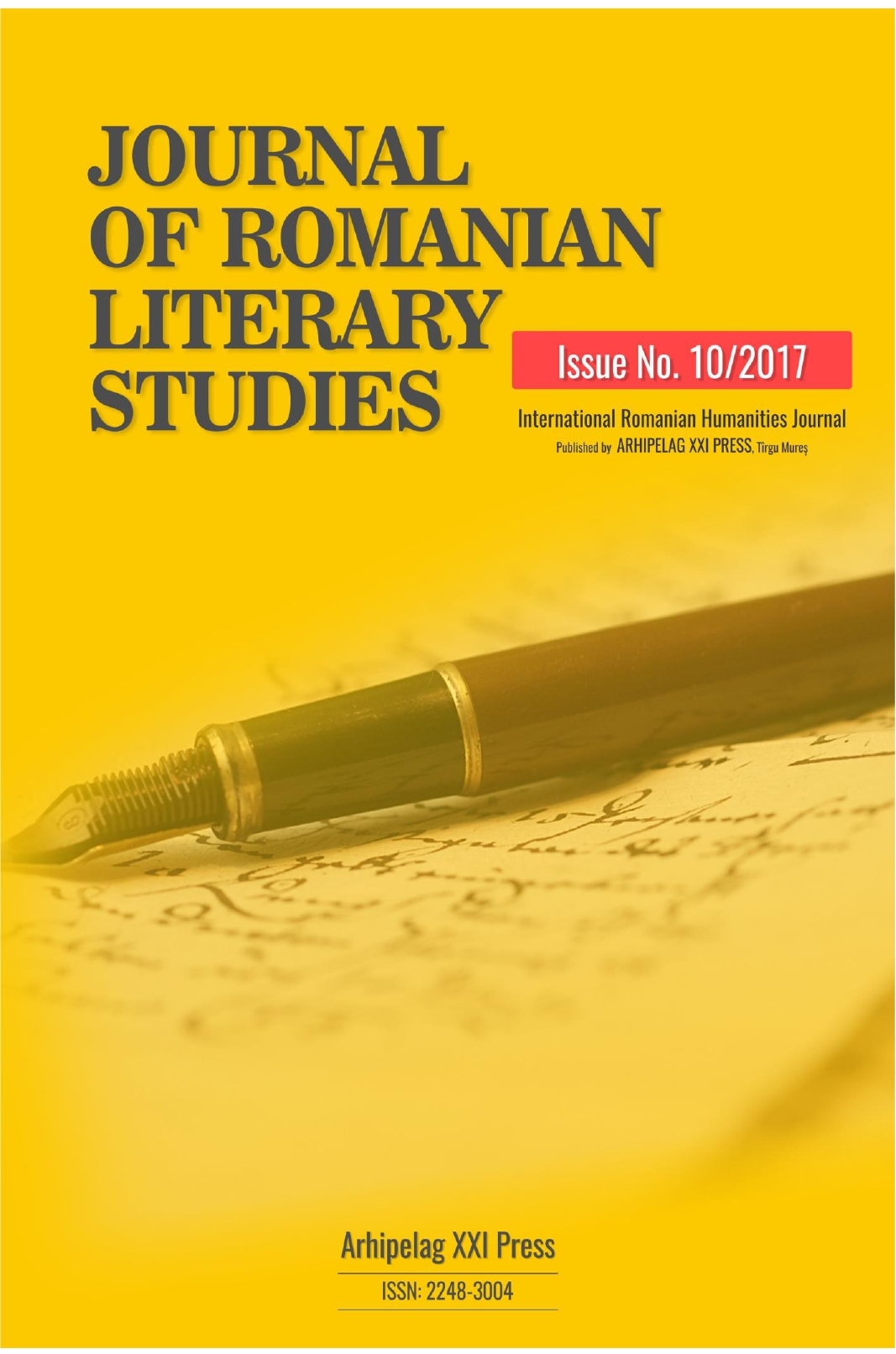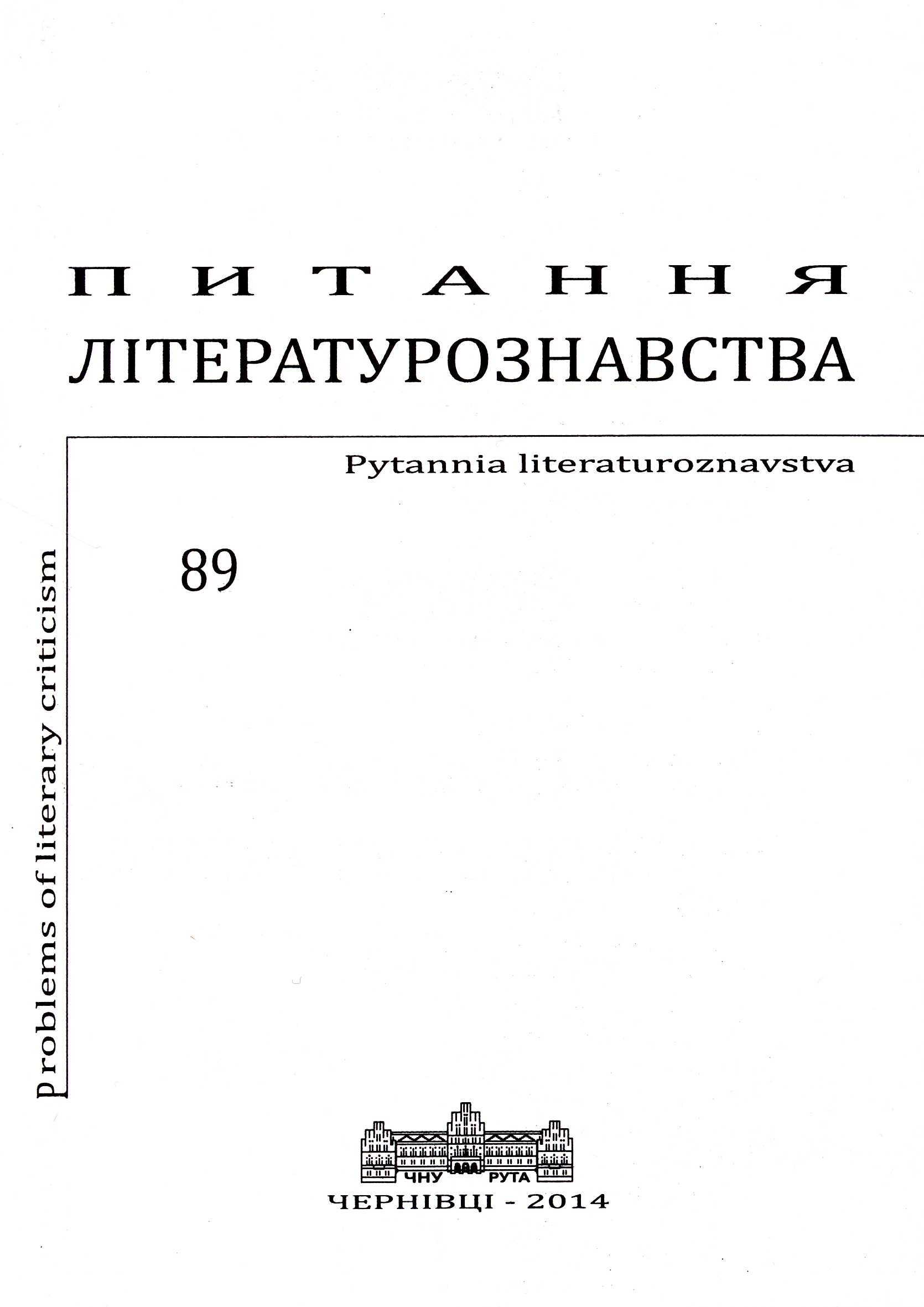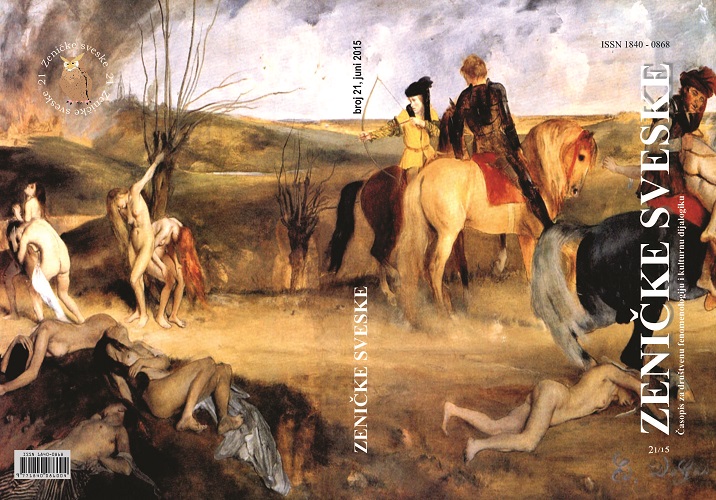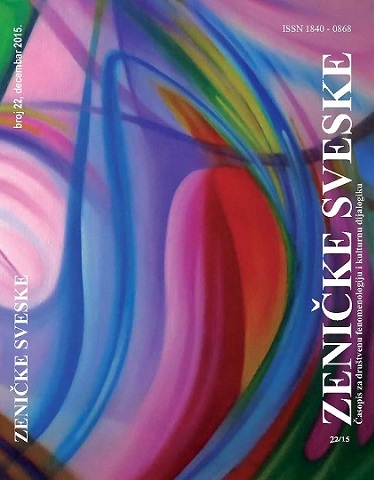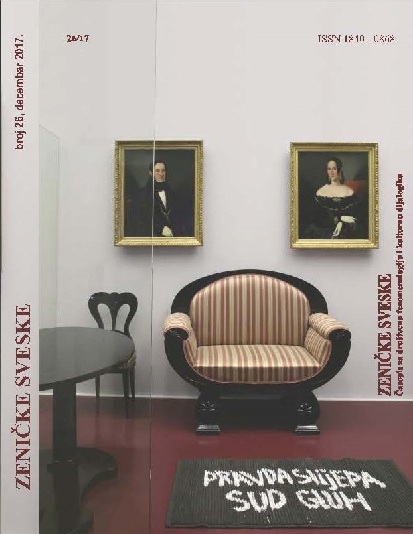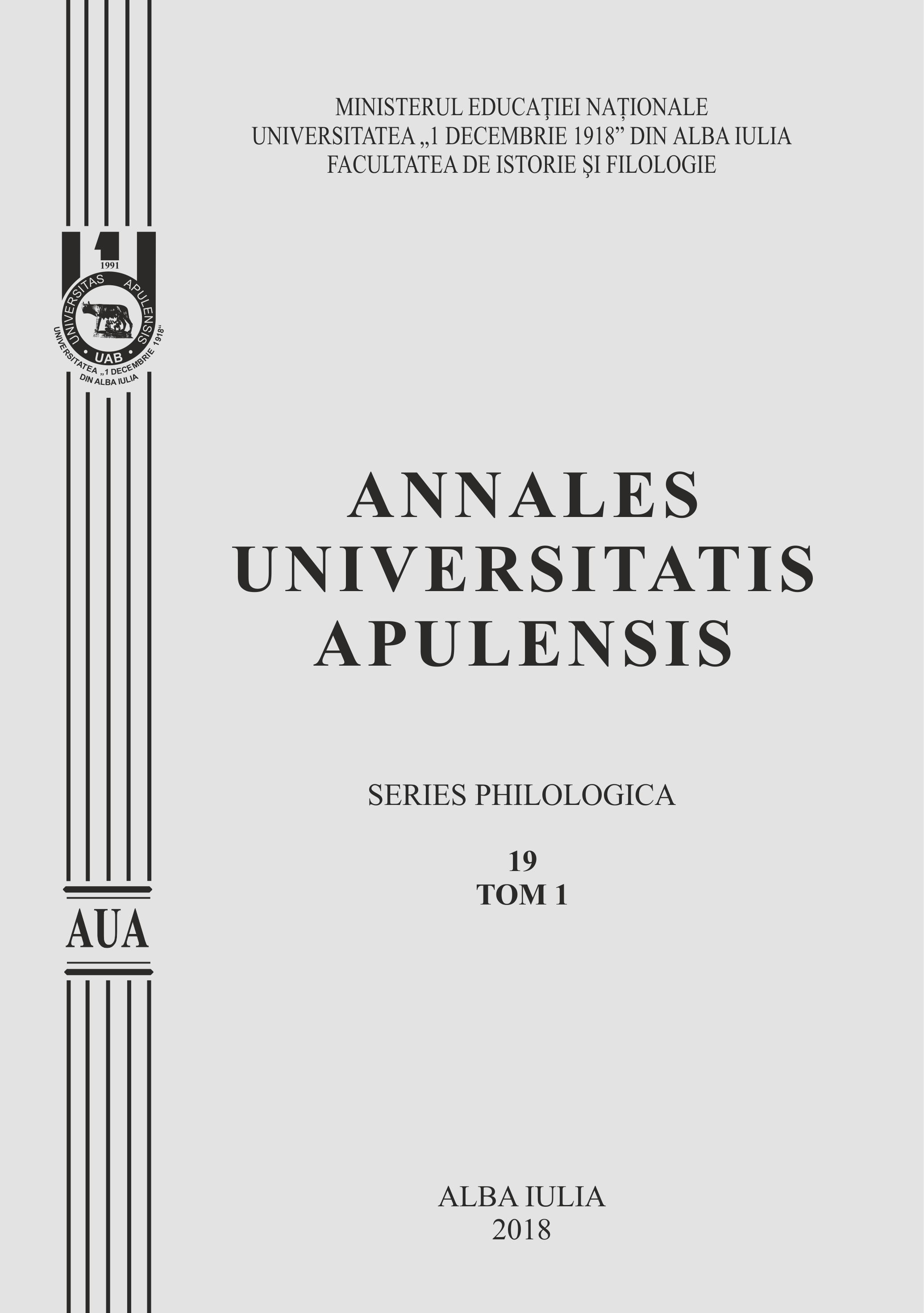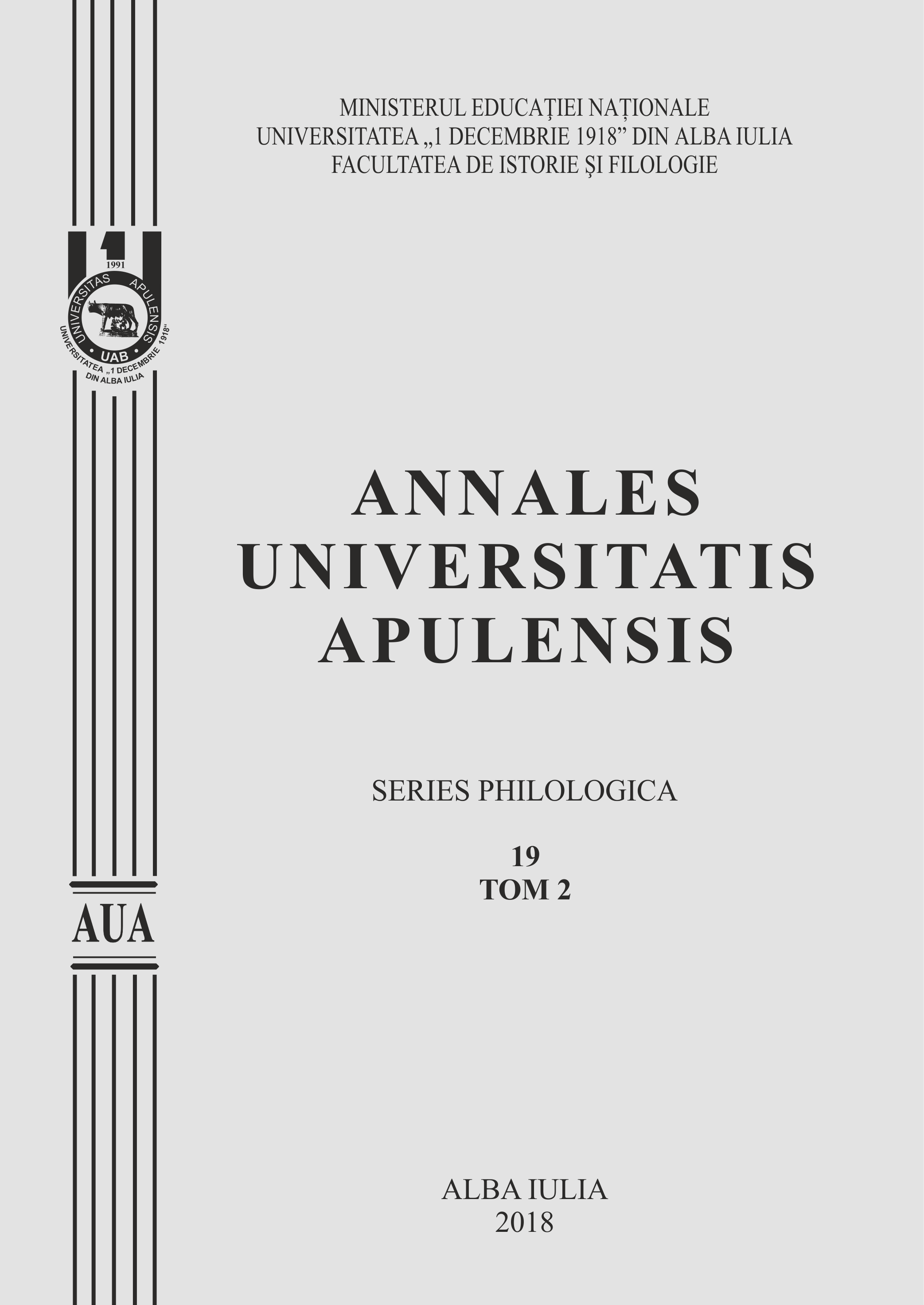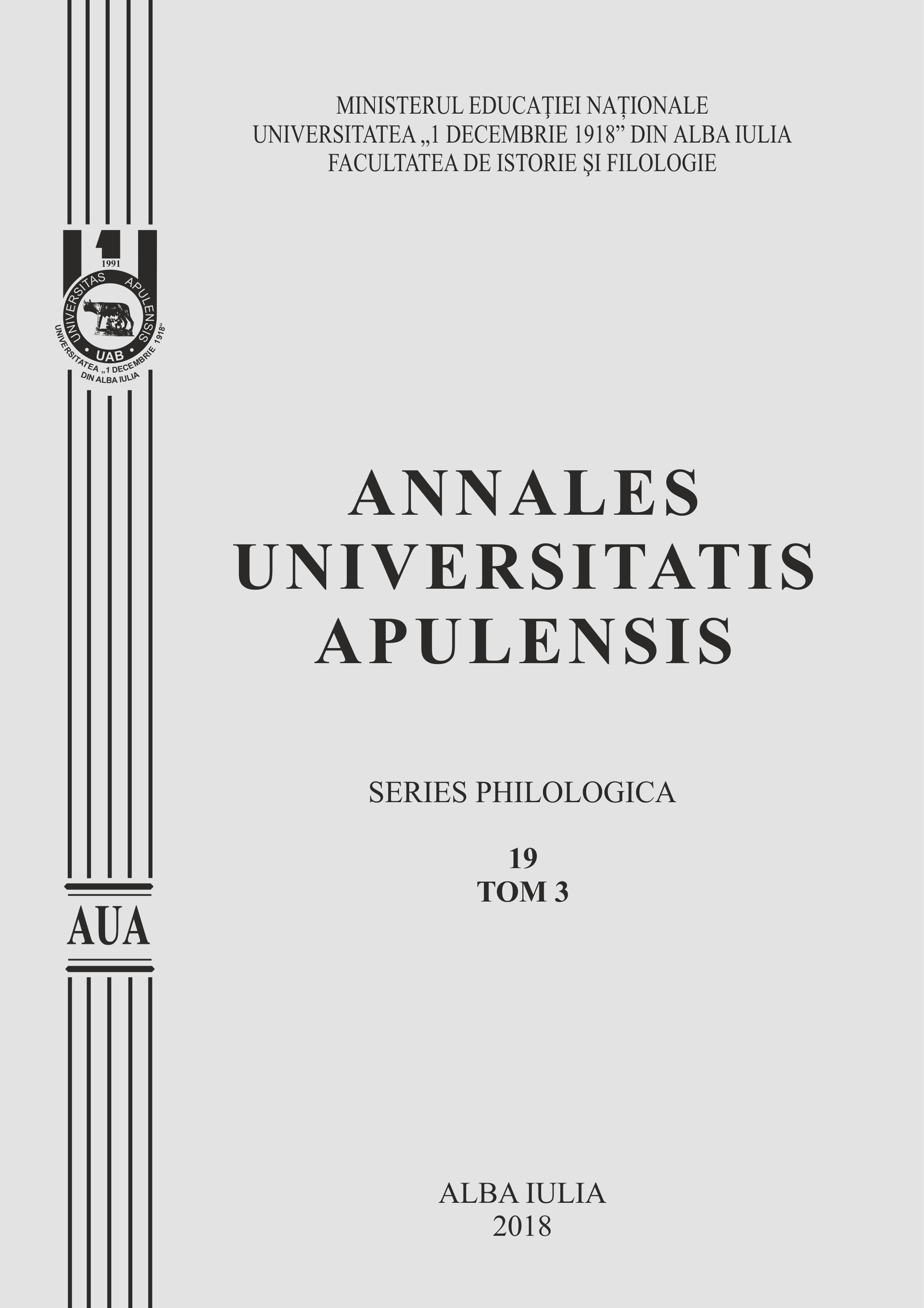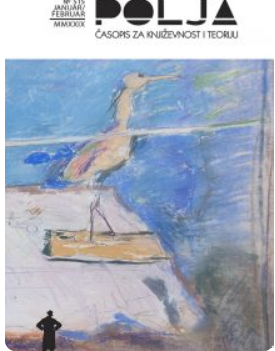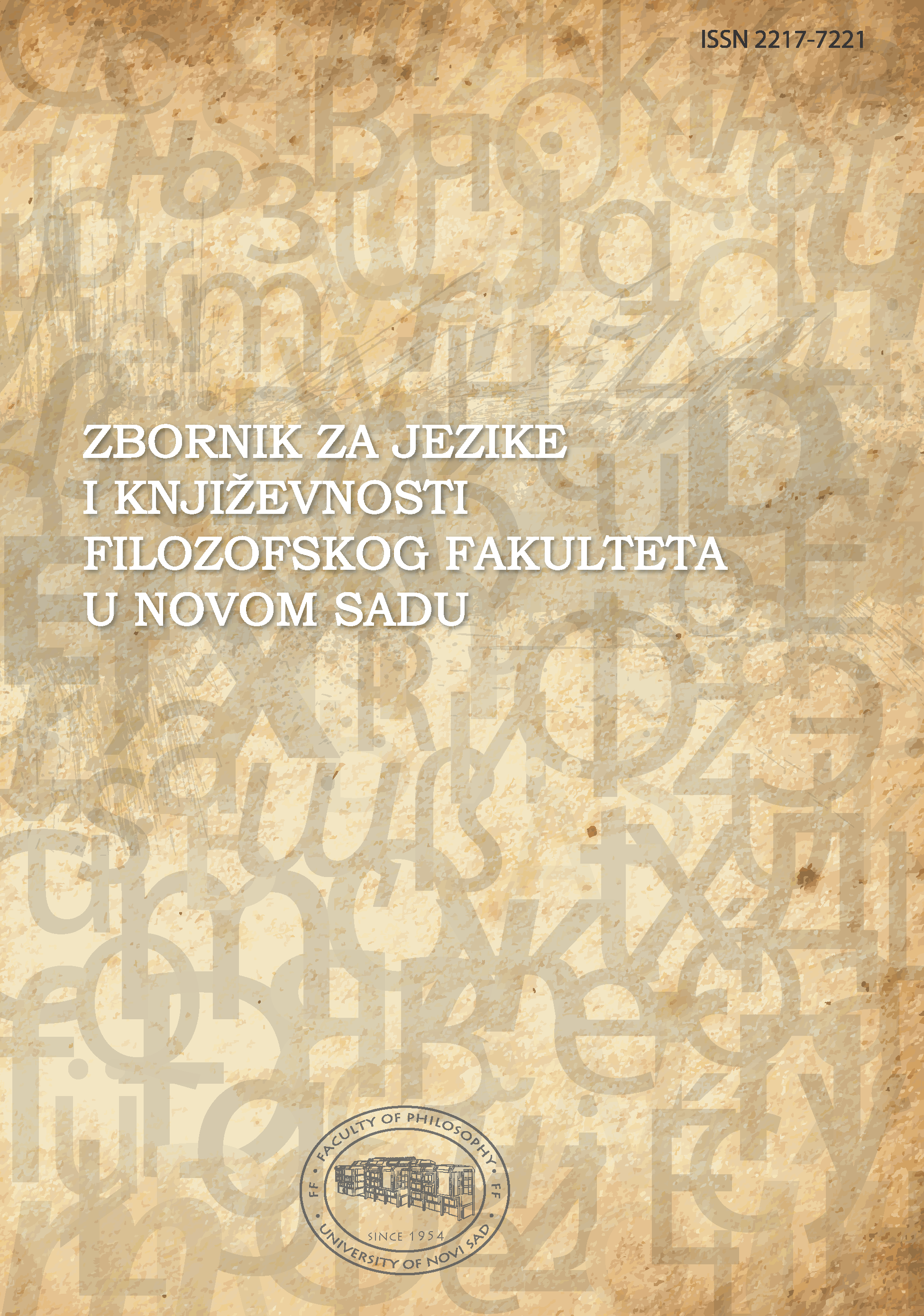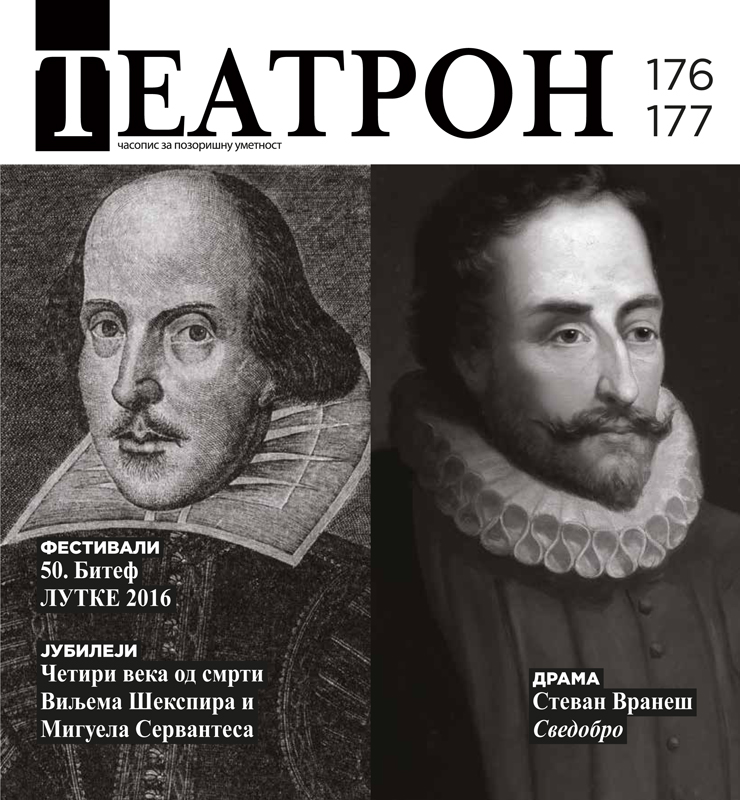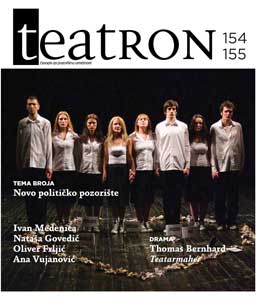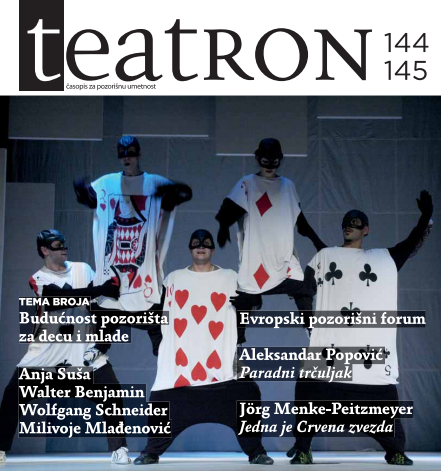Author(s): Marinela-Viorica Sabou / Language(s): Romanian
Issue: 3/2018
The imaginary is an independent reality that has its own structures and its own dynamics, being closely related to the creative imagination. In order to reach the originality, the artist's imagination must deny the real, break the connections in which he presents himself to an ordinary perception, and try to propose other connections.Virgil Ierunca is a special case, an erudite intellectual, because of the vicissitudes of his agitated biography. Therefore, the imaginary of his writings is closely related to the social, political and cultural evolution of the time. As a writer, he was a great lover of French literature. He shows a very good knowledge of the French writings, which he read in the original, adopting the same principle formulated by George Călinescu, remainding us that it is important to know the work of a writer in the original.All the articles of the writer demonstrate the density, the erudition and the intense readings both from the Romanian writings and from the French literature. French debutants such as Thibaudet, Rémy de Gourmont, René Lalou, Edmont Jaloux and Paul Hazard are quoted in the debut articles. He is also inspired by the writings of Marcel Proust or Bergson. From this point starts the aesthetic creation of the famous critic Virgil Ierunca.The volume Piteşti Phenomenon, published in 1981, is based on radio texts written between 1975 and 1976 on the experience of torture rehabilitation at the Youth Penitentiary in Pitesti from December 1949 to August 1952. The idea of re-educationwith the help of prison is not only specific to communist regimes. In the USSR, this experience of the genocide of souls, of absolute violence directed against the body and soul, had already taken place through torture and obsession of confession, which characterizes the interrogations and trials of the 1930s. Also, the idea of re-education is also presented in the Stalinist regime, but it will occupy a more prominent place in China's Mao Tzedun, according to Jean Pasqualini author. There is a great similarity between Chinese-style re-education and Pitesti re-education, but in Romania all these things were unbelievable, because here the suicide of the personality meant that the prisoner had to be like others, to think like others and to dissappear in mass.The historian François Furet, a member of the French Academy, the one who carries the translation into the preface of the Pitesti Phenomenon, describes the book as "one of the most terrible experiences of dehumanization that our age has ever known." Unlike other writers, Virgil Ierunca had the courage to deal with this inferno called by some analysts the lab of the devil, and to become his historian for the clarification of future generations, according to him: "No one is allowed to forget that between 1949 and 1952, it happened in Romania the experience which we tried to describe, and that, from an archipelago of horror, one of the most odious islands was called Pitesti. "Thus, Virgil Ierunca judged the unfortunate world of communism and preserved its free and non-neodogmatic spirit. The book has helped us to find our dignity and honor as Professor Mircea Popa declares: "Such a book was absolutely necessary, because without memory, a nation and a literature can not find itself."
More...
